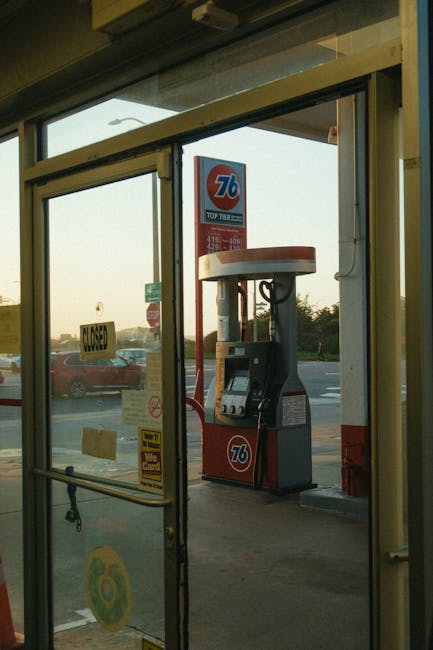Towing 101: A Comprehensive Guide to Tow Definitions, Methods, and Regulations
Towing 101: A Comprehensive Guide to Tow Definitions, Methods, and Regulations
The term “tow” encompasses a broad range of scenarios, from roadside assistance for a flat tire to the large-scale transportation of heavy machinery. Understanding the nuances of tow definitions is crucial for drivers, tow truck operators, and anyone involved in the transportation of vehicles or other objects. This comprehensive guide delves into the various aspects of towing, providing clarity on different methods, legal considerations, and essential safety practices.
Defining Towing: More Than Just Pulling
At its core, towing involves the act of pulling or pushing a vehicle or object that is unable to move under its own power. However, this simple definition belies the complexity and variety within the towing industry. The method of towing, the type of vehicle being towed, and the distance traveled all contribute to a more nuanced understanding of the term. We’ll explore these nuances in detail below.
Types of Towing: A Spectrum of Methods
The towing industry utilizes several methods, each suited to specific vehicles and situations:
- Wheel Lift Towing: This method involves lifting the front wheels of a vehicle off the ground using a specialized tow bar. It’s commonly used for front-wheel-drive vehicles and is generally gentler on the vehicle’s drivetrain compared to other methods. However, it’s unsuitable for vehicles with automatic transmissions in some cases.
- Flatbed Towing: This is considered the safest method for towing, as the vehicle is loaded entirely onto a flatbed truck, eliminating stress on the vehicle’s drivetrain. It’s ideal for vehicles with automatic transmissions, damaged drivetrains, or those requiring extra care during transport.
- Integrated Towing Systems: Modern vehicles often feature integrated towing systems, allowing for a more controlled and potentially more fuel-efficient towing experience. These systems typically provide electronic stability control and other safety features.
- Dollies: A dolly supports the rear wheels of a vehicle, allowing it to be towed with only the front wheels driving. This method is less expensive than flatbed towing but places more stress on the towed vehicle’s drivetrain.
- Full-Vehicle Recovery: This extreme form of towing is reserved for situations where a vehicle is severely damaged, stuck, or inaccessible. Heavy-duty equipment is used to safely extract the vehicle from challenging locations.
Legal Aspects of Towing: Regulations and Responsibilities
Towing operations are subject to various legal regulations, varying by jurisdiction. These regulations often cover licensing requirements for tow truck operators, procedures for impounding vehicles, and the handling of towed property. It’s crucial for both tow truck operators and vehicle owners to understand these regulations to avoid legal complications.

Licensing and Insurance: Essential Requirements
Tow truck operators typically require specific licenses and insurance coverage to operate legally. These requirements ensure that operators possess the necessary skills and are financially responsible for any damages or accidents that may occur during towing operations. The specific requirements will vary greatly by location; always check local regulations.
Impoundment and Vehicle Recovery: Understanding Your Rights
Vehicle impoundment is a common practice, often used following traffic violations, accidents, or other legal issues. Vehicle owners have rights related to the impoundment and recovery of their vehicle. These rights include the right to be notified of the impoundment, the right to access and reclaim their vehicle upon payment of applicable fees and fines, and the right to challenge the legality of the impoundment if they believe it to be unjustified.
Safety Practices in Towing: Protecting Lives and Property
Safety is paramount in towing operations. Both the tow truck operator and the vehicle owner have responsibilities for ensuring a safe towing procedure. Improper towing can lead to significant damage to the vehicle, injury to individuals, and potential legal repercussions.
Secure Attachment and Proper Techniques: Minimizing Risks
The correct attachment of the towed vehicle to the tow truck is crucial for preventing accidents. Using the appropriate equipment, securing the vehicle properly, and following established safety guidelines are essential for mitigating risks. Improper attachments can lead to damage to the towed vehicle, loss of control during transit, and even severe accidents.

Communication and Coordination: Essential for Safe Towing
Clear communication between the tow truck operator and other drivers is vital, particularly during towing at higher speeds. Using appropriate signaling devices, maintaining a safe following distance, and being aware of traffic conditions helps avoid accidents. Visibility and clear communication are paramount for safety.
Towing Costs: Understanding the Factors That Influence Price
Towing costs can vary significantly depending on several factors:
- Distance: The further the vehicle needs to be towed, the higher the cost.
- Time of day: Towing services may charge more during peak hours or weekends.
- Type of towing: Flatbed towing is generally more expensive than wheel lift towing.
- Vehicle type and size: Towing a large truck or an oversized vehicle costs more than towing a compact car.
- Location: Urban areas typically have higher towing rates compared to rural areas.
- Additional Services: Services like roadside assistance, tire changes, or fuel delivery add to the overall cost.
Choosing a Reputable Towing Service: Tips and Considerations
Choosing a reliable towing service is essential. Look for companies with positive reviews, proper licensing, and insurance. Avoid companies that offer unusually low prices as these may cut corners on safety or professionalism. Check the company’s reputation and verify their credentials before engaging their services.
Emergency Towing: When to Call and What to Expect
In case of a vehicle breakdown, accident, or emergency, prompt access to towing services is crucial. Knowing when to call for towing and what to expect during the process can help mitigate stress and ensure a smooth experience. Always prioritize safety and communicate your location and situation clearly to the towing company.

Specialized Towing: Beyond Cars and Trucks
Towing services extend beyond cars and trucks. Specialized equipment is used for towing heavy machinery, boats, recreational vehicles (RVs), and other large or unusual objects. These specialized operations often require more extensive planning and expertise due to the unique challenges posed by these types of cargo.
Conclusion: A Comprehensive Overview of Towing
This comprehensive guide has provided a detailed overview of tow definitions, encompassing the various methods, legal regulations, safety practices, and cost considerations associated with towing. Understanding these aspects is essential for anyone who may need towing services or is involved in the transportation of vehicles or other objects. By adhering to safe practices and understanding your rights and responsibilities, you can ensure a safe and efficient towing experience.






